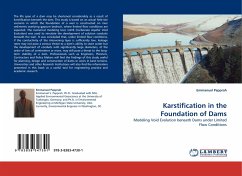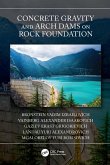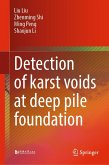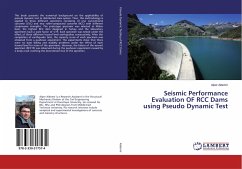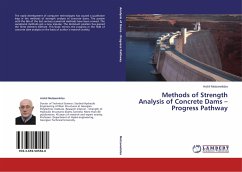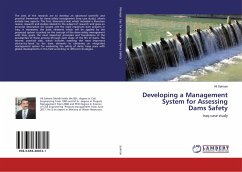The life span of a dam may be shortened considerably as a result of karstification beneath the dam. This study is based on an actual field site scenario in which the foundation of a weir is constructed on river sediments overlying gypsum bedrock, where limited flow conditions are expected. The numerical modeling tool, CAVE (Carbonate Aquifer Void Evolution) was used to simulate the development of solution conduits beneath the weir. It was concluded that, under limited flow conditions, if the conductivity of the intervening layer is sufficiently low, leakage rates may not pose a serious threat to a dam s ability to store water but the development of conduits with significantly large diameters, of the order of tens of centimeters or more, may still pose a threat to the long-term stability of a dam. Professionals such as Engineers, Planners, Contractors and Policy Makers will find the findings of this study useful for planning, design and construction of dams or weirs in karst terrains. Universities and other Research Institutions will also find the information presented in this book as a useful tool for engineering practice and academic research.
Bitte wählen Sie Ihr Anliegen aus.
Rechnungen
Retourenschein anfordern
Bestellstatus
Storno

